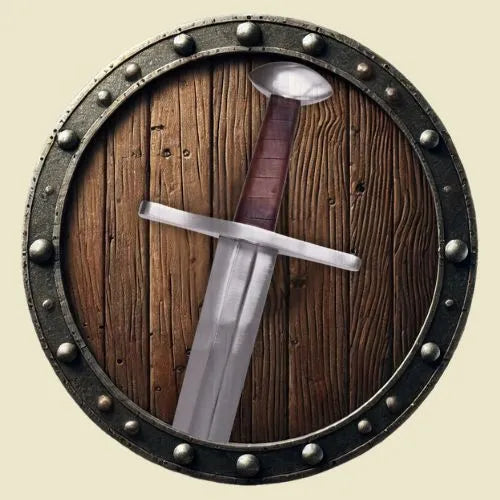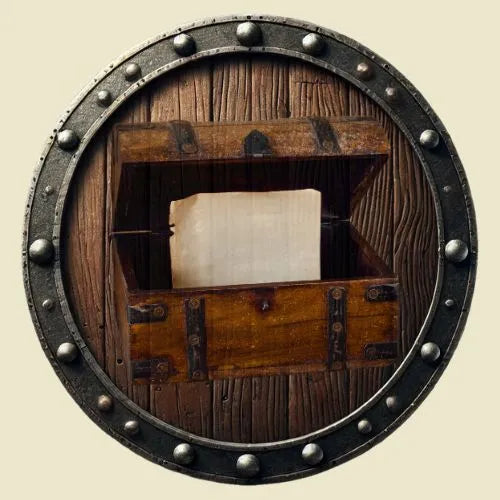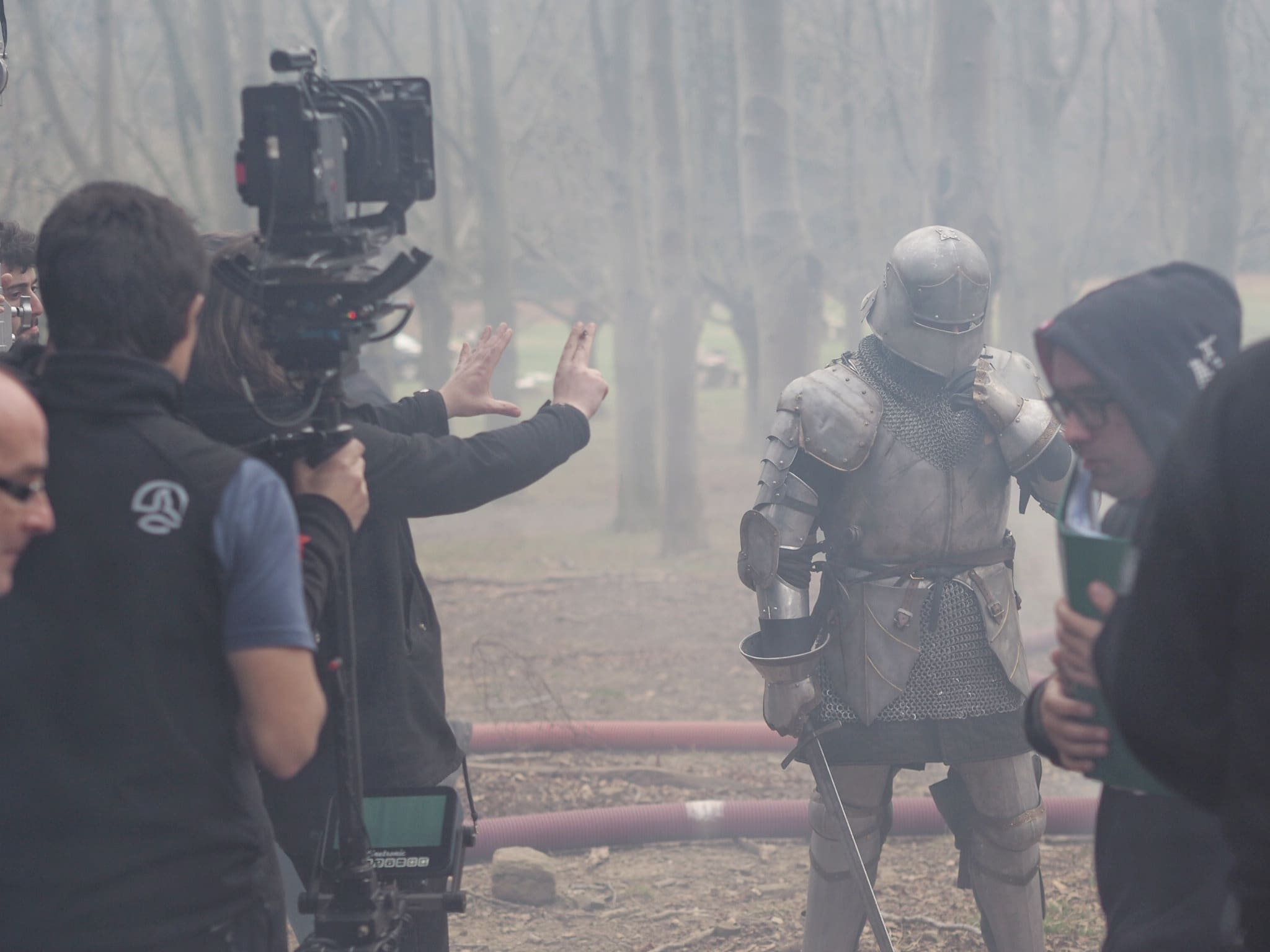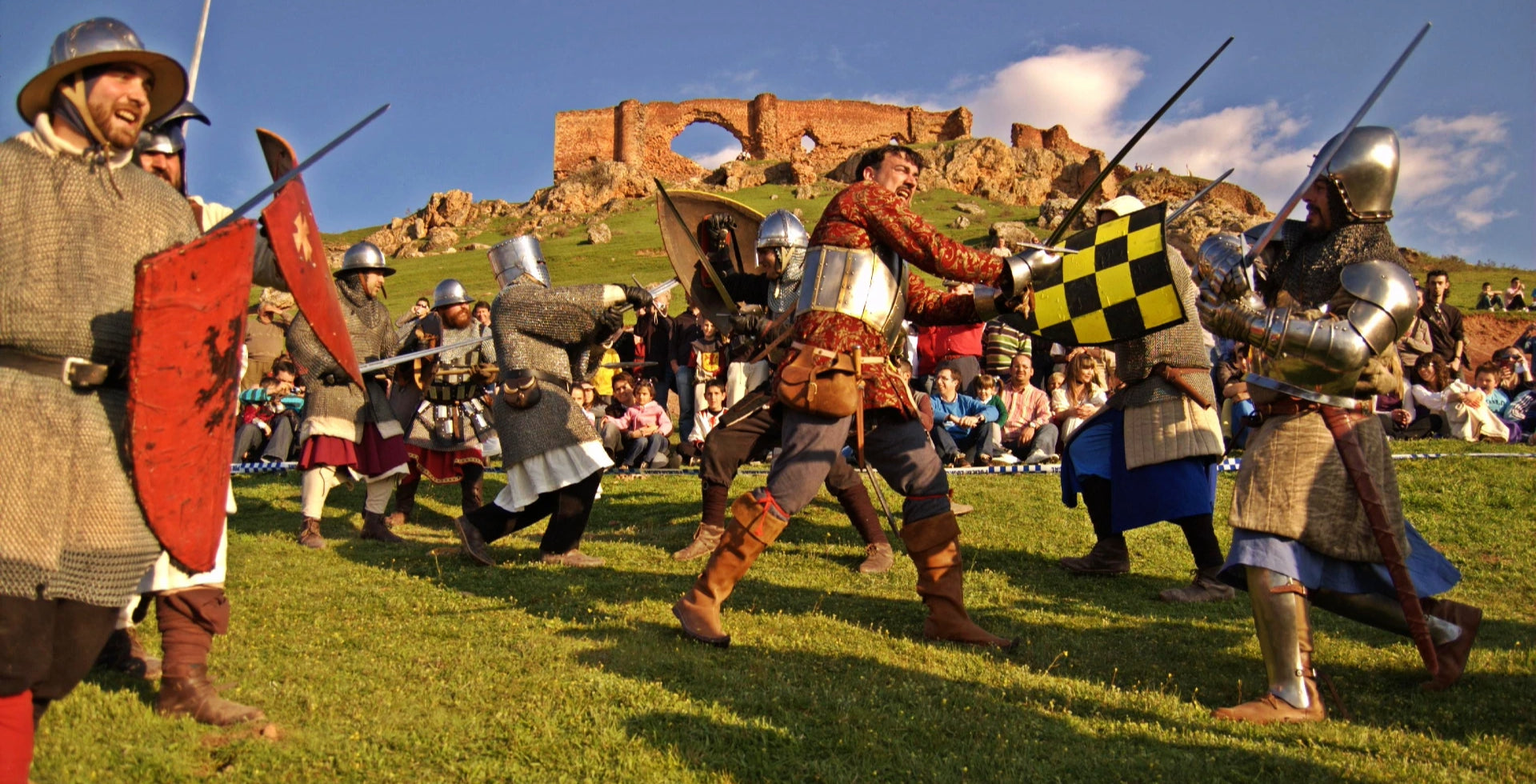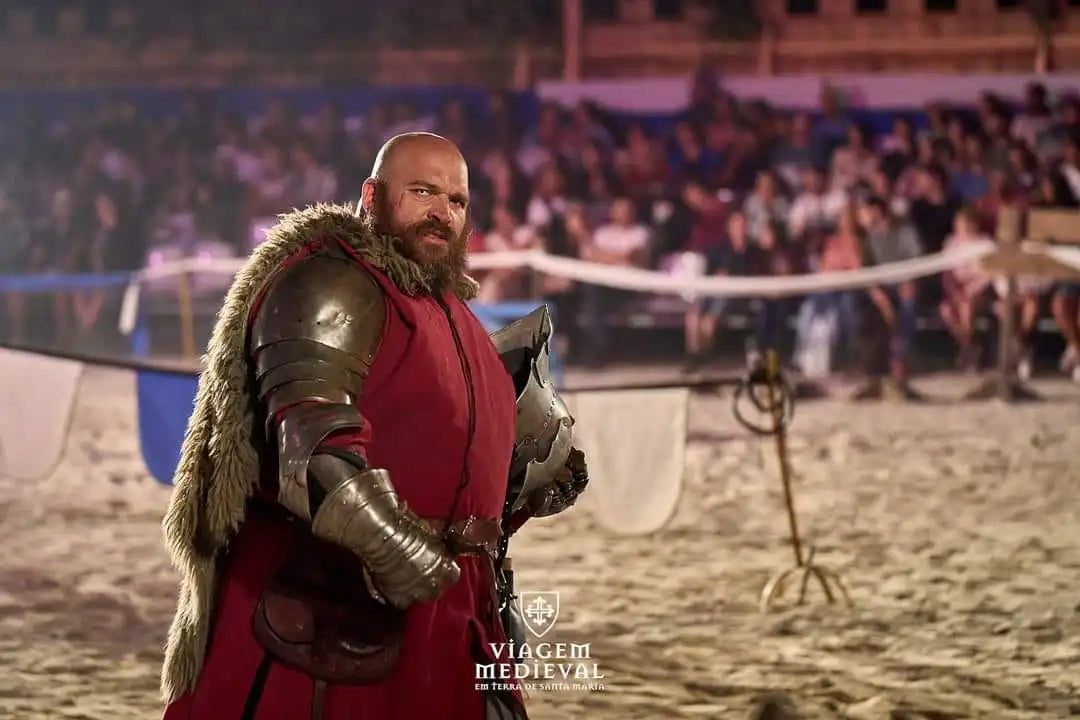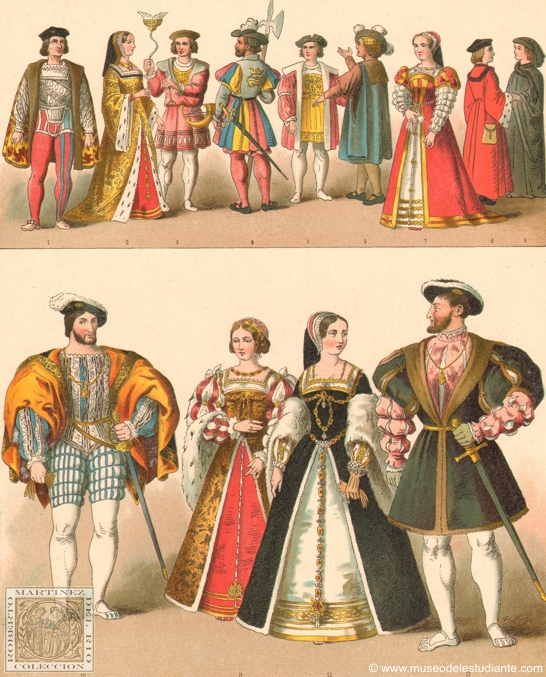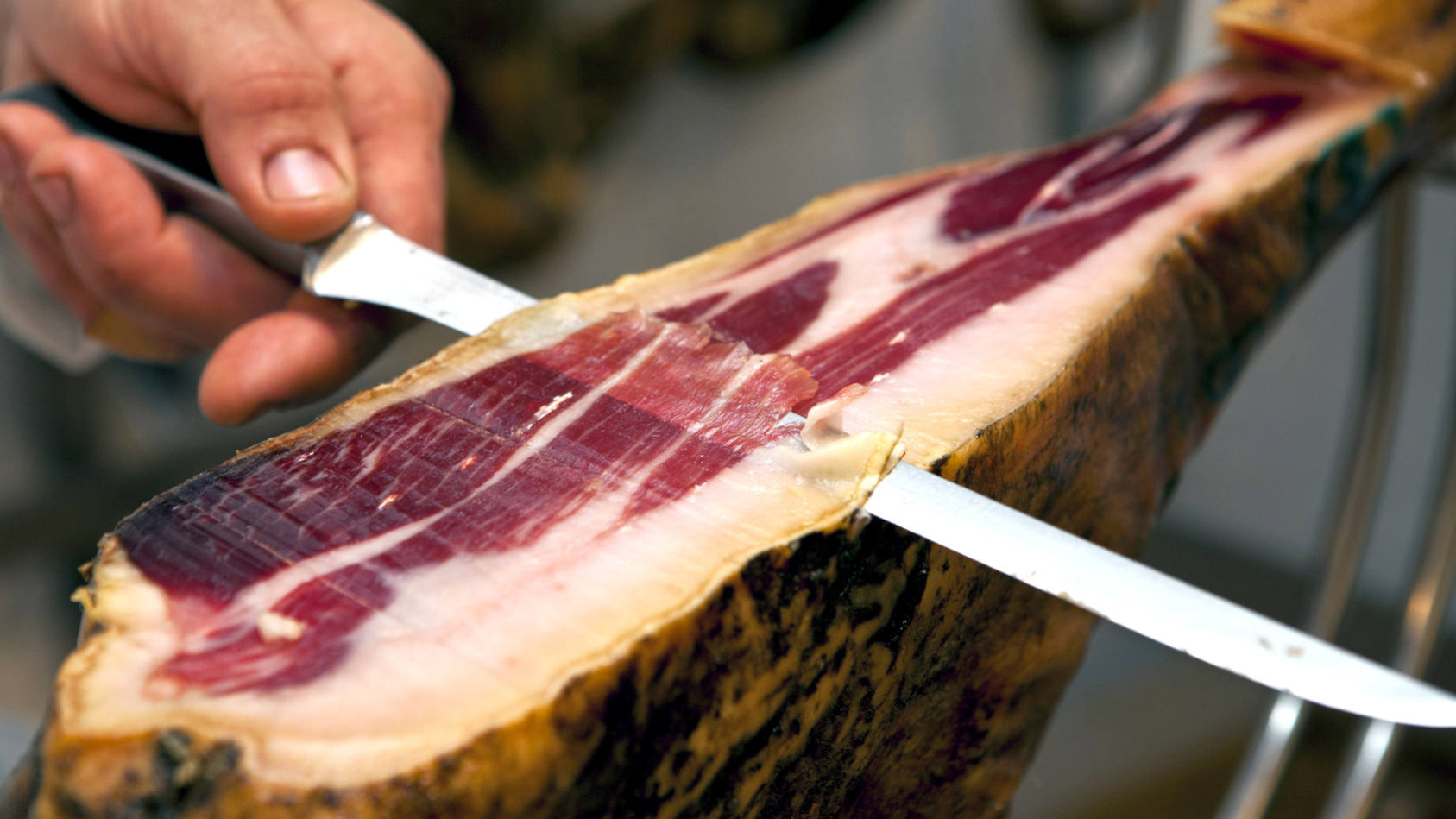5 secrets you didn't know about the Middle Ages
The Middle Ages is a period shrouded in myths and legends that have led us to believe it was a dark and backward era. However, modern historical research reveals many surprising facts about medieval life that challenge these preconceived ideas. Below, we present five little-known and true secrets of the Middle Ages, explained in a clear and accessible way.
Don't miss our sword collection!
Animals in medieval courts
During the Middle Ages, animals could also be held accountable for their actions under the law. In Europe, between the 9th and 17th centuries, the practice of judging animals as if they were humans is documented. If a pig, dog, or other animal caused harm—for example, a sow that killed a child—it could be arrested, subjected to a formal trial, and even convicted.
Surprisingly, these trials followed full human legal procedures: a defense attorney was appointed for the accused animals, and there were witnesses and judges. In one famous 16th-century case in France, a rat infestation even had a procurator who argued that the roads were full of cats, so the rats couldn't come to court. This type of practice shows the extent to which even animals were considered part of a moral and divine order where all transgressions must be punished.
 |
 |
Nicholas of Oresme and the Moving Earth
Long before Copernicus proposed the heliocentric model, Bishop Nicholas of Oresme had already postulated in the 14th century that it was the Earth that rotated on its own axis, and not the stars around it. Oresme developed mathematical arguments to explain celestial motion as a result of the Earth's rotation.
This early discovery contradicted the traditional geocentric view and strikingly anticipated ideas that would only become common several centuries later. Although his ideas were not widely accepted in his time, they show that there were medieval minds that thought beyond the limits of official cosmology.
Medieval mechanical clocks
Although we take the use of clocks for granted today, this technology emerged in the Late Middle Ages. Around 1300, the first European mechanical clock is documented, replacing the water and hourglasses previously in use. These early public clocks, installed in bell towers and churches, were driven by weights and gears, and at first didn't even have faces with hands: they simply rang bells at regular intervals.
It wasn't until the late 14th century that numbered dials were added. The invention of the mechanical clock marked a milestone in medieval daily life, introducing the notion of measurable and regulated time, facilitating the organization of agriculture, religious liturgy, and urban life. Interestingly, one of the oldest surviving medieval mechanical clocks is the famous Prague Astronomical Clock, installed in 1410.
 |
 |
Gargoyles: Channeling Monsters
Although today we associate them with the Gothic style and fantasy, gargoyles emerged as useful water channels in the High Middle Ages. Beginning in the 13th century, they began to be systematically used in European churches and cathedrals to divert rainwater from the walls.
The first documented gargoyles appeared around 1220 in Laon Cathedral and around 1240 in Paris. Their grotesque forms, resembling the heads of animals, monsters, or demons, served both a symbolic and practical function: rainwater fell through their mouths, diverting it from the walls and preventing structural damage. This dual role, both practical and symbolic, is an excellent example of how medieval architecture combined art and engineering.
Check out our Early Medieval gear!
Medieval Hygiene: Baths and Soaps
Contrary to the myth that medieval people never bathed, personal cleanliness was a valued practice. Medieval Europeans made soap at home and frequented public and private bathhouses to clean themselves.
Doctors and writers of the time praised the benefits of bathing: it helped maintain health, prevent disease, and improve bodily hygiene. Although some church leaders viewed these places with suspicion due to the risk of moral excesses, historians agree that bathing was a widespread habit. Even the aristocracy valued these practices, with private baths in their palaces. In many medieval towns, there were public baths (sometimes mixed) where people not only cleaned themselves but also socialized. So no, the Middle Ages were not as dirty as we often imagine.
And you, what do you think of such a fascinating era?

